Super Dragon Ball Heroes World Mission is an entire game, including story mode, based on a Japanese card-based arcade game.
It sees you combine decks of cards representing countless characters from the Dragon Ball franchise, then take on various opponents, either in the game-world of Super Dragon Ball Heroes or against other human players.
The combat system it uses is much more detailed than it initially appears, and it ends up being a well-crafted, engaging affair.
However, the rest of the game suffers from some issues, including the story mode, which should have either received more attention or just been cut out completely.
Yet for series fans or those willing to overlook its blemishes to enjoy the meat of the game, there’s still a good deal of fun to be had here.
Gameplay Basics
Super Dragon Ball Heroes, as you may have heard, is a tactical card game. That probably brings to mind games like Yu-Gi-Oh or even the Pokemon Trading Card Game. However, SDBH takes a rather different approach to the tactical card genre.
For one thing, you don’t pit one super-powered card from your massive deck against your opponent’s equally powerful or more powerful card and let their various stats, attributes, and hidden bonuses determine the outcome.
Instead, Super Dragon Ball Heroes sees you build a deck of seven cards, each representing a different character or form from the expansive Dragon Ball franchise. These cards are all on the playing field at the same time, and the main action involves each side pounding the sand out of the other until one team loses all its energy or a set number of rounds has passed.
Sounds simple, right? Well, it isn’t.
On the Battlefield
The battlefield is divided into four horizontal sections — the front three for attack, and the bottom blue one for support and recovery.
Your attack power each turn and who gets to go first are determined by your Power number. That itself is a metric that depends on the power of your chosen cards and where you place them. For example, putting your cards further up on the field boosts your Power number.
That’s good for another reason, too. For every extra 3,000 points added to your Power meter, your Hero Meter increases by one. The Hero Energy meter is what your cards draw on for their special attacks. Each card has one, and the Hero Energy required for each varies; as you would expect, it’s higher for stronger attacks.
However, units in the support area actually lower your Power meter. Instead, they are there to recover their stamina after it’s been depleted, and many cards have special skills that activate in the support area to provide bonuses of another kind to your team.
Stamina is an important factor in SDBH, because once it’s gone, your team can very easily be incapacitated. You usually start each battle with about one or two bars in your Stamina meter, and it depletes after each round.
If you fail a Charge Impact sequence (more on that in a minute) or you’ve completely depleted your stamina meter, that card is prone to being stunned, which means it can’t attack or do anything and has to be placed in the Support area.
All of this is what you take into consideration before actually engaging in combat, and you get about 30 seconds to make your movement choices.
As much as it seems like loading all of your heavy-hitters onto the front-line would be a good idea (since it means lots of Hero Energy, which leads to everyone landing a special attack), it’s not a very good idea after the tutorial missions.
For one thing, if you don’t manage to K.O. the opposing team, you’re left with an exhausted set of cards that won’t add to your Power meter on that turn. Why? Because they’re all already on the front, and if you move them back, then your Power meter actually goes down.
Oh, and some enemies automatically reduce your Power Meter to 0 at the beginning of every turn, completely screwing up your planning and forcing you to think on your toes.
What you’ve got, then, is a tactical shuffle dance where you determine which cards should go in what row for the best effect, always with an eye to what might happen on the next turn. It’s more addictive than it initially seems, and battles rarely last so long that the system wears itself out, but it is a lot to take in.
Into the Fray
Like with most strategy games, combat itself is out of your direct control. Once you have your cards in the (hopefully) right places, you confirm your choice, and off they go.
Cards are divided into specific tiers, denoting rarity and power levels as well as four classes: Hero, Elite, Berserker, and Special.
Hero cards are the sort of bread-and-butter of the game, dishing out the most damage and being fairly resilient.
Elite cards are weaker in terms of power, but their ki attacks can damage enemy Stamina or stun foes, while Berserkers are more powerful and have a wider range of unique abilities.
Special cards are, well, special. They don’t necessarily contribute to your offense directly, but they do offer a range of potent benefits, from preventing Stamina decreases for a set number of rounds to giving some kind of Charge Impact boost or tripling your Power meter level.
Fights play out in the spectacularly over-the-top fashion series fans know and love, with plenty of ki energy balls, earth-shattering punches and kicks, fighting robots, demon monkeys, and pretty much everything in between.
However, you do have a series of Quick Time Events, called Charge Impacts (CIs), to contend with for each attack and defense phase. Win these events, and you deal extra damage to your opponent, decrease their Hero Energy meter, or open the door to one of your team member’s special attacks. Lose, and you do less damage or, during your defending phase, your opponent can launch a special attack.
There are items and abilities that influence the CI meter, making it slower for you or faster for your enemies, or the other way ’round, but the main CI event just relies on timing.
Other Quick Time Events play out during certain special attacks or transformations — the Great Ape’s special attack, for example, or Z-Power (not Pokemon) attacks. These might require you to trace an infinity symbol, quickly slide sideways, or repeatedly give long slides up and down the screen.
There’s what looks like a leftover bit from the game’s arcade origins with some of these events, too, since it tells you to “slide the card,” which… you can’t do. SDBH‘s card system is completely virtual.
Some have noted how awkward these events are on PC. However, it feels completely natural on the Switch, and it’s nice to see the touchscreen put to good use.
Other battle events include fusing and transformations, and they also play a role in your deck strategy. Certain cards, like Gohan, have the ability to change forms (Super Saiyan in Gohan’s case) or to fuse with others, like the Xeno set of Vegeta, Goku, and co.
Apart from looking good with the flashy and dramatic changes that take place, they’re quite useful. These changes give a power boost and usually come with a one-time special bonus to one metric or another, like Power or Stamina and can sometimes turn the tide of a battle.
And in case that wasn’t enough, you can equip your cards with accessories to boost their power, HP, and other stats as well. Each card can equip up to four different accessories, and you purchase those with Zennie in the Hero Town shop. You also have capsules you can add in your Super Hero Robo to be distributed at certain points in battle.
Card Acquisition
As mentioned, there are over 1,000 cards to collect in Super Dragon Ball Heroes World Mission, spread out across more than 10 different sets.
Cards are acquired via a gacha-type system, where you spend tickets on a vending machine to acquire a card. Normal cards have a chance of producing rare cards, and, unsurprisingly, rare tickets get you rarer cards.
However, it’s not pay-to-win, and the game is pretty generous with normal and rare tickets. You get a chance of each after every battle, and you can go back and replay story battles to earn more if you’re primarily interested in single-player mode.
Super Dragon Ball Heroes World Mission isn’t exactly a bone-grindingly difficult game anyway, but it still requires thought and planning.
That’s why you’ll want to spend your tickets. After the first chapter, you really need to start thinking about what cards you’re using and how they work with each other. That’s where the deck builder comes in handy since you can create multiple decks and easily swap between them depending on the battle.
The card system is most certainly designed with fans in mind. You can have an entire team of Gokus or Gohans from every age bracket, or a fourth-wall bursting mix combining villains like Towa the demon, the dark lord Beerus, and Vegeta and his cronies with the series’ heroes.
The more invested you are in the series, the more you’ll get out of it.
Some Negative Points
If this all seems overwhelming, with meters and CI and items and capsule-flinging robots all expecting you to know what you’re doing immediately, well, the game doesn’t actually help ease you into it all that much.
Where many modern games get lambasted for including lengthy tutorials spread out over the early hours, SBDH really needed that kind of tutorial.
After the opening story sequences, where you’re sort of told what to do and then shoved along regardless, your avatar has to complete a set of training missions at the Hero Lab.
These cover the basics of abilities and the various meters, but it moves very quickly and doesn’t really give you a chance to try it out on your own. More importantly, the cards you use for the training missions aren’t the ones you actually have and end up using for a while. The abilities and everything you learn about are, thus, completely different.
By the time you’re done and are ready for the first main story battle, it’s very much a case of flying by the seat of your pants and hoping for the best.
Two other issues compound that problem.
This was the result of hitting the capture button a split-second too late.
The item and ability descriptions that pop up during battle are gone in a flash. Your humble writer is a fairly fast reader, but some of them disappeared before it was possible to read the whole thing.
Gradually, you learn them and don’t really need to worry about it, but until that point, it’s a hassle, especially for slower readers.
The other issue is that you can’t see your cards’ details during battle, so hopefully, you have a photographic memory and studied each card’s abilities carefully before going into battle.
The level of detail in the battle system, and the fact that you choose from such a huge pool of cards, means most players probably will carefully consider abilities and skills before committing a card to a deck. Yet sometimes, particularly depending on the play environment, it’s difficult to give the game that level of focus.
Like the item and ability descriptions mid-battle, it does get easier the more you play the game, but it’s counter-intuitive for a game based around strategy to hamper the player’s planning.
Tangled Threads
The story gets mentioned late in this review for a few reasons.
For one, it’s not necessarily the main focus. There are other gameplay modes where you can just enjoy card battles without having to progress through the story.
For another, the story is built as if you are expected to enjoy those other modes the most, which isn’t bad in itself, though it isn’t handled the best.
There isn’t much to the story on the whole. You live in a world obsessed with the card game Super Dragon Ball Heroes, or more accurately, you live in one city called Hero Town.
Your character learns he can use the Hero Switch and enter the game world via a special avatar, and he and his new friends must do so in order to stop the Anomalies in the game world from spilling over into Hero Town. These Anomalies are basically events in the Dragon Ball timeline that happen out of order or where characters or enemies meet each other and never should have.
The whole thing is really just a setup for a lot of fanservice, and series fans will definitely get the most out of it. Newcomers like this writer will more than likely be a bit bewildered from time to time, but you get the general idea.
Story mode has a lot of story sequences, and unfortunately, that’s actually a drawback.
The writing lacks substance, and while you don’t go into a game like this expecting stellar writing and dialogue, it would be nice if characters actually felt distinct from each other or there was consistency in the style and vocabulary each character uses.
On top of that, the dialogue doesn’t take its cue from the well-paced battles and seems never-ending in each story event.
It makes up for that with extra content. There’s actually a lot to do in story mode if you’re interested in pursuing it. Aside from the main fights, there are rifts in space you can enter if you achieve Ultimate ranking in certain battles (done by meeting a set condition).
These are based on some of the plot points that get left in the main storyline and offer more of a challenge than those main story segments. More importantly, there are many more missions in these than in a regular chapter, even if you do have to sit through more dialogue before your fight starts.
Visually Good, Audibly Annoying
SBDH World Mission uses a heavy cel-shaded style for everything, which is to its benefit. Sure, it won’t win accolades for graphical greatness, but the style doesn’t age either, and it conveys the franchise’s signature look and feel perfectly.
The music is suitable for the settings, though more BGM tracks would certainly have been welcome.
The voiceovers are a problem, though. The commentary in each battle and every time you get an item or card is enough to make you keep the volume off permanently, because like the dialogue, it never ends, and it’s incredibly grating for that.
—
Pros
- Multilayered tactical battles
- Engaging card mechanics
- Almost overwhelming number of options and cards
- Tons of content
Cons
- Very bad tutorial pacing
- “Meh” would be generous for the story and writing
- Some QoL problems that drag things down
Super Dragon Ball Heroes World Mission is an anomaly itself, at least from a review perspective. If you’re playing it solely for the multiplayer and arena battles, you’ll mostly see the game’s better sides.
If you’re looking for a good single player mode, you’re getting what seems like two games: one, an engaging card battle game, and the other a bit of a mess in terms of presentation and care.
If you can overlook these issues, you’ll probably still have a blast with the game anyway, just because of the sheer amount of content and customization.
[Note: Bandai Namco provided a copy of Super Dragon Ball Heroes World Mission for review purposes.]

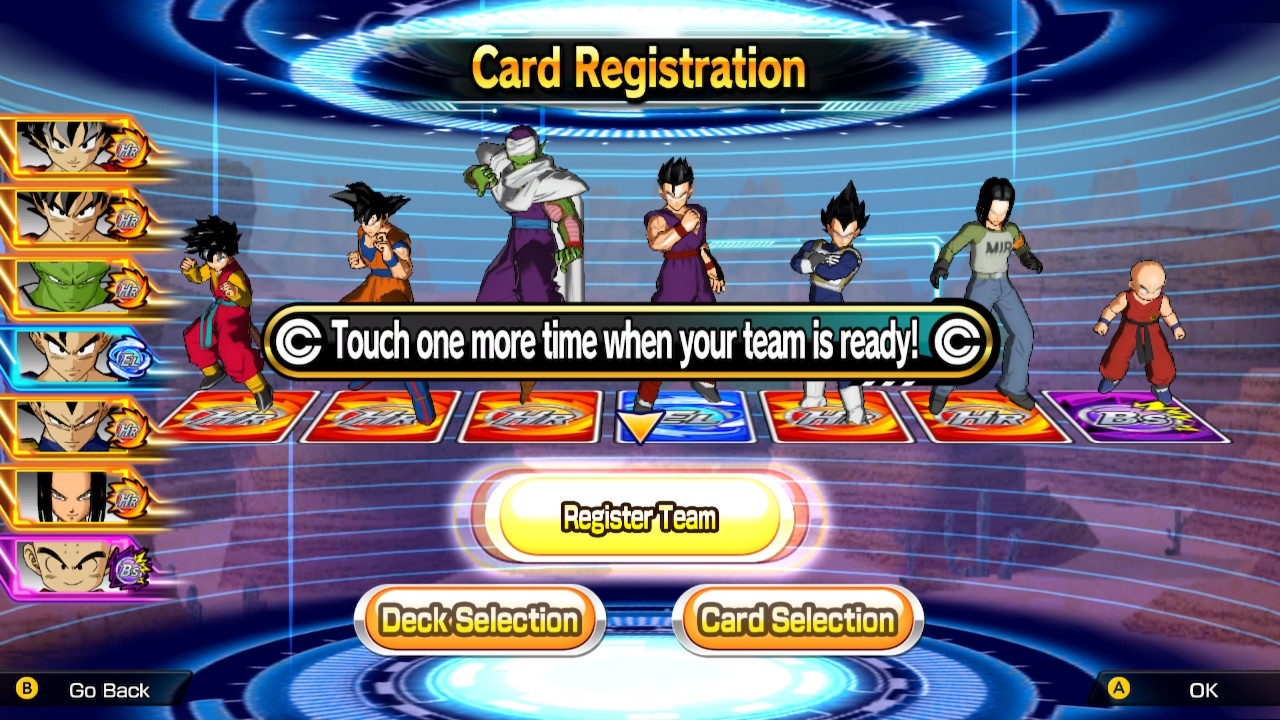
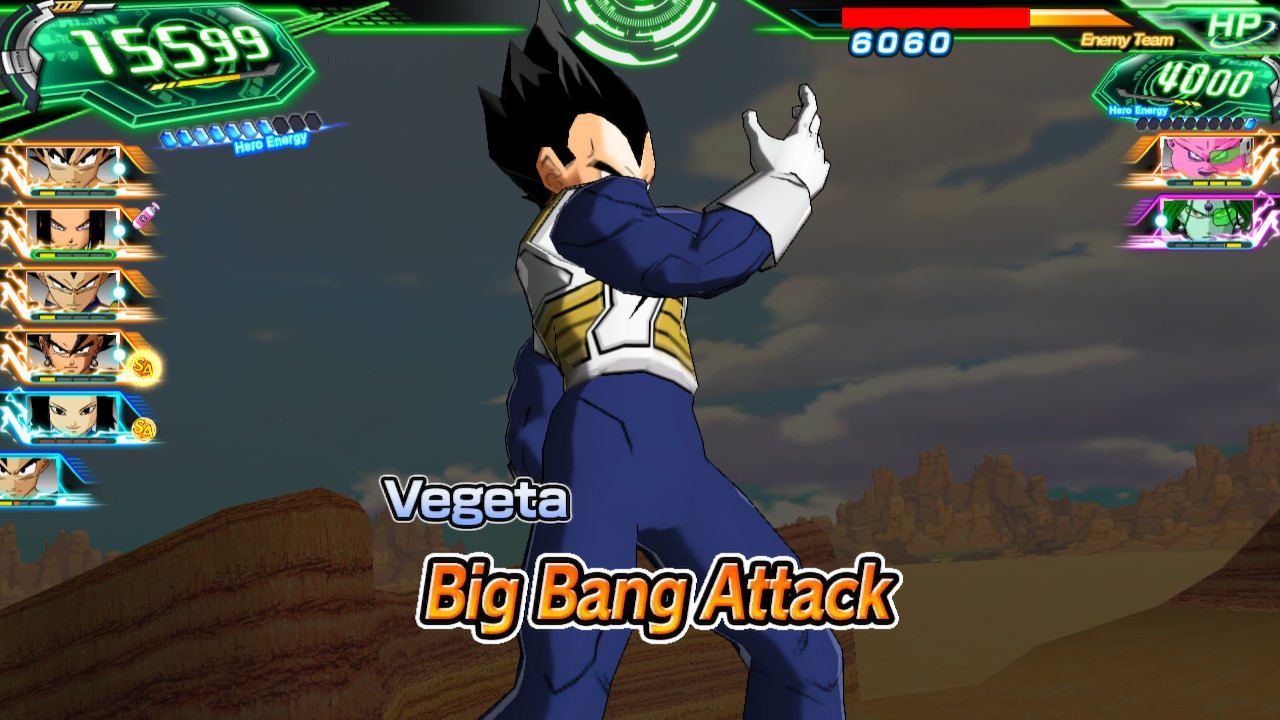
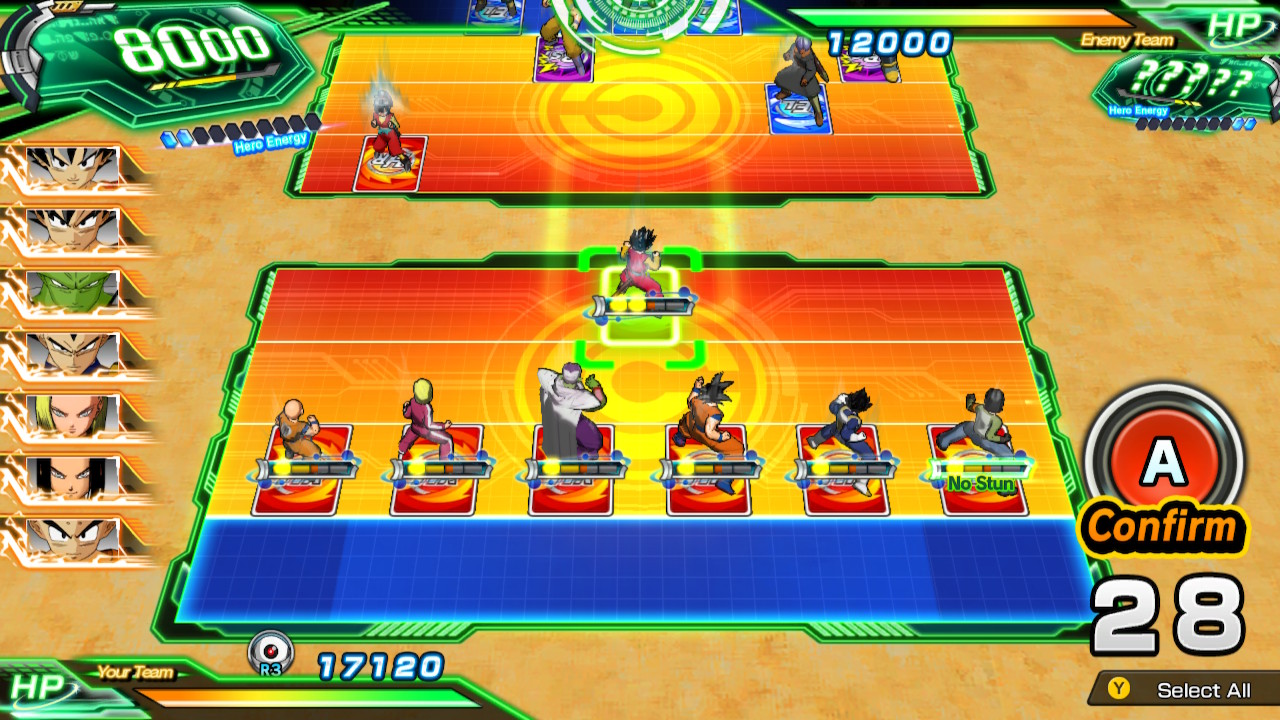
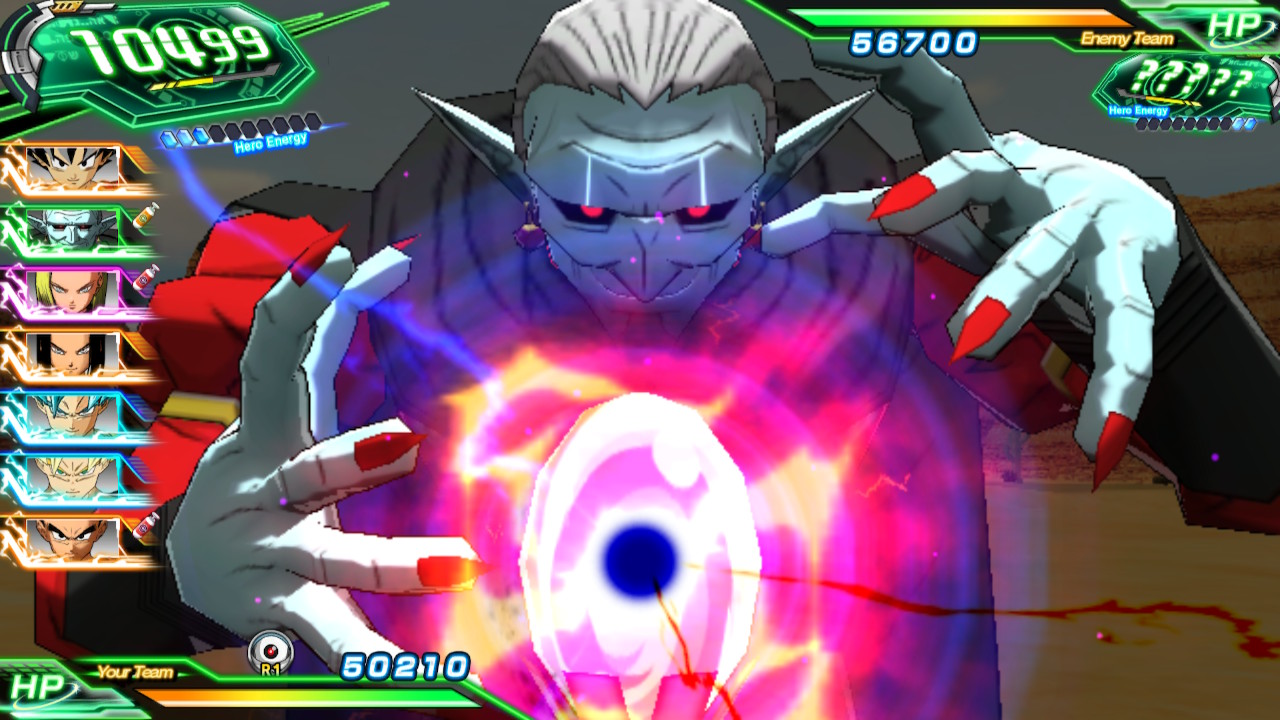
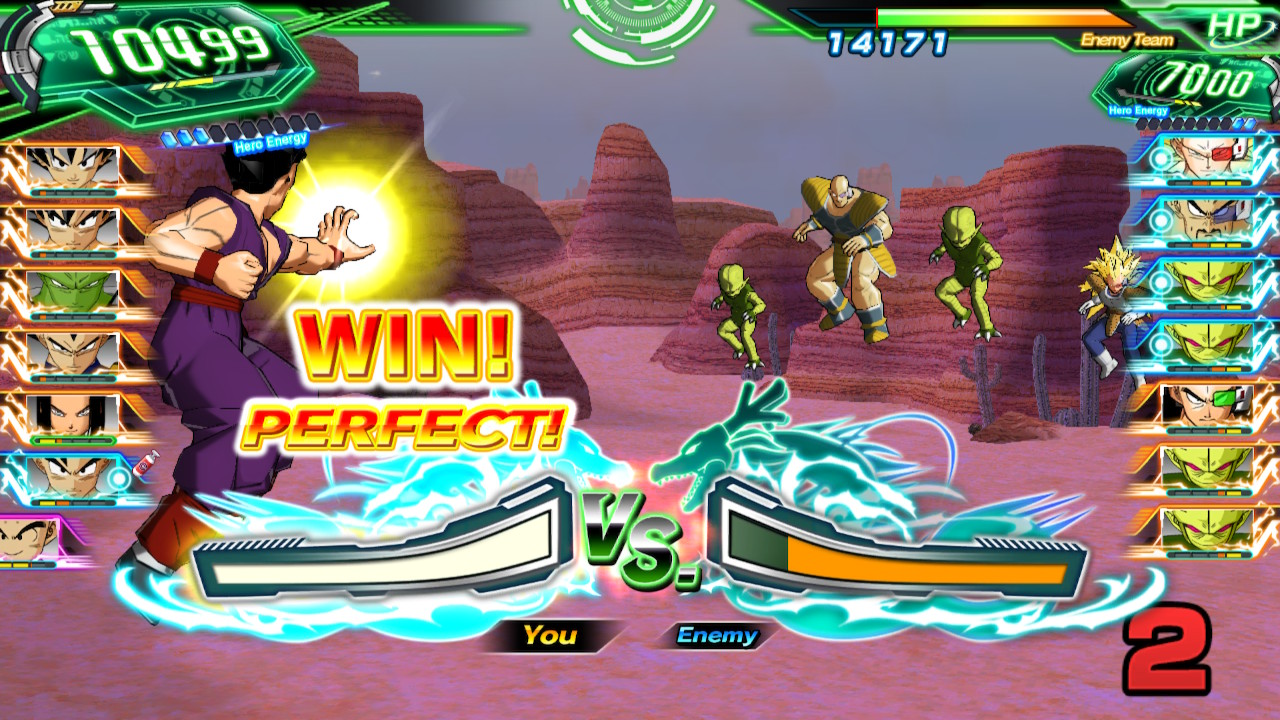
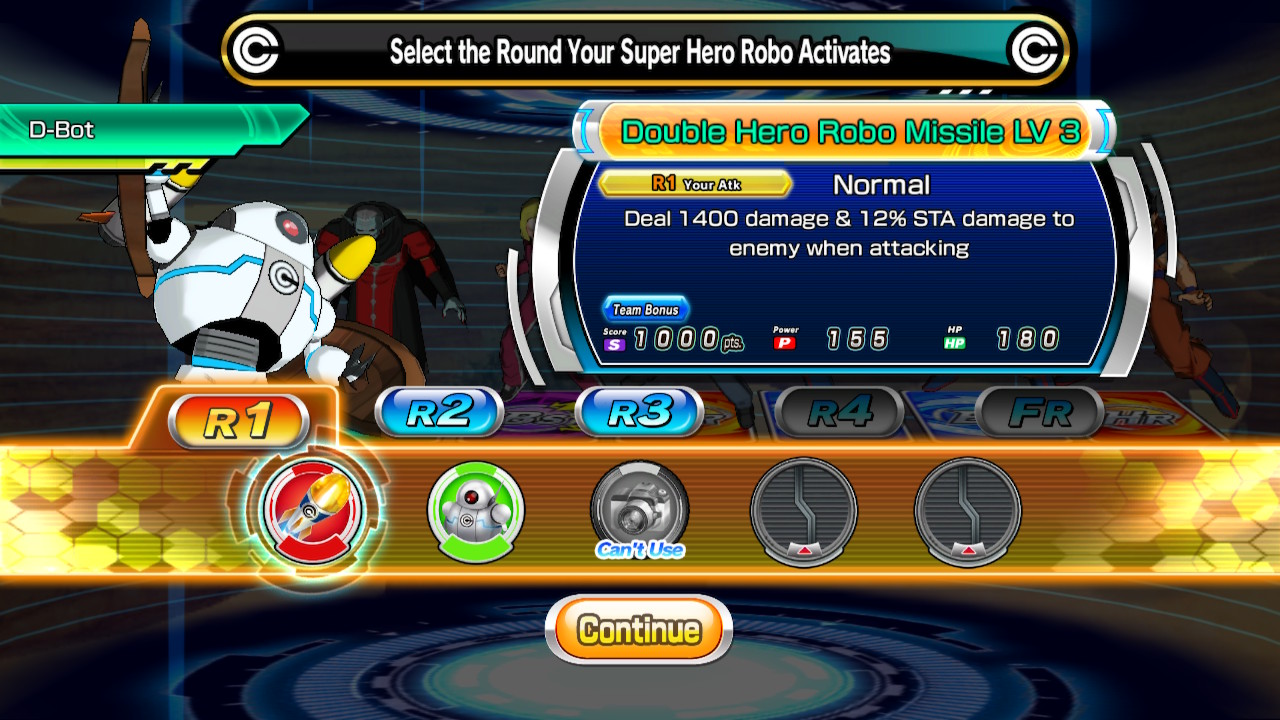
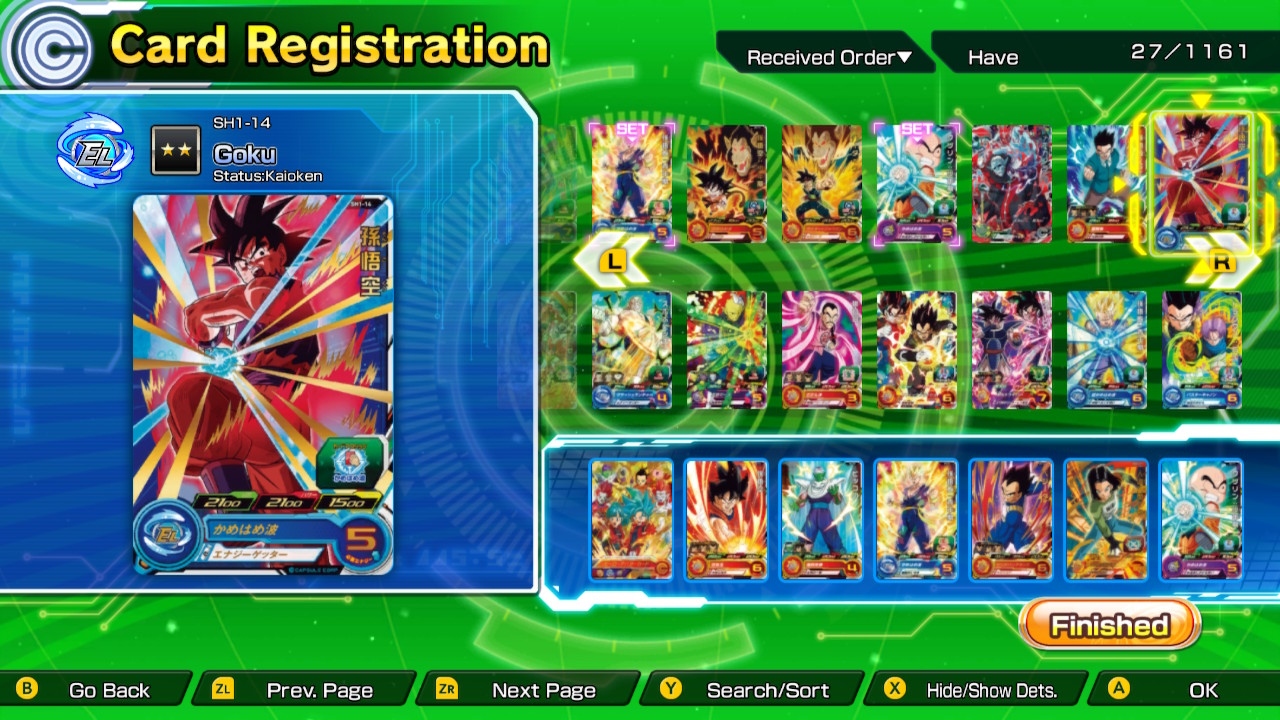
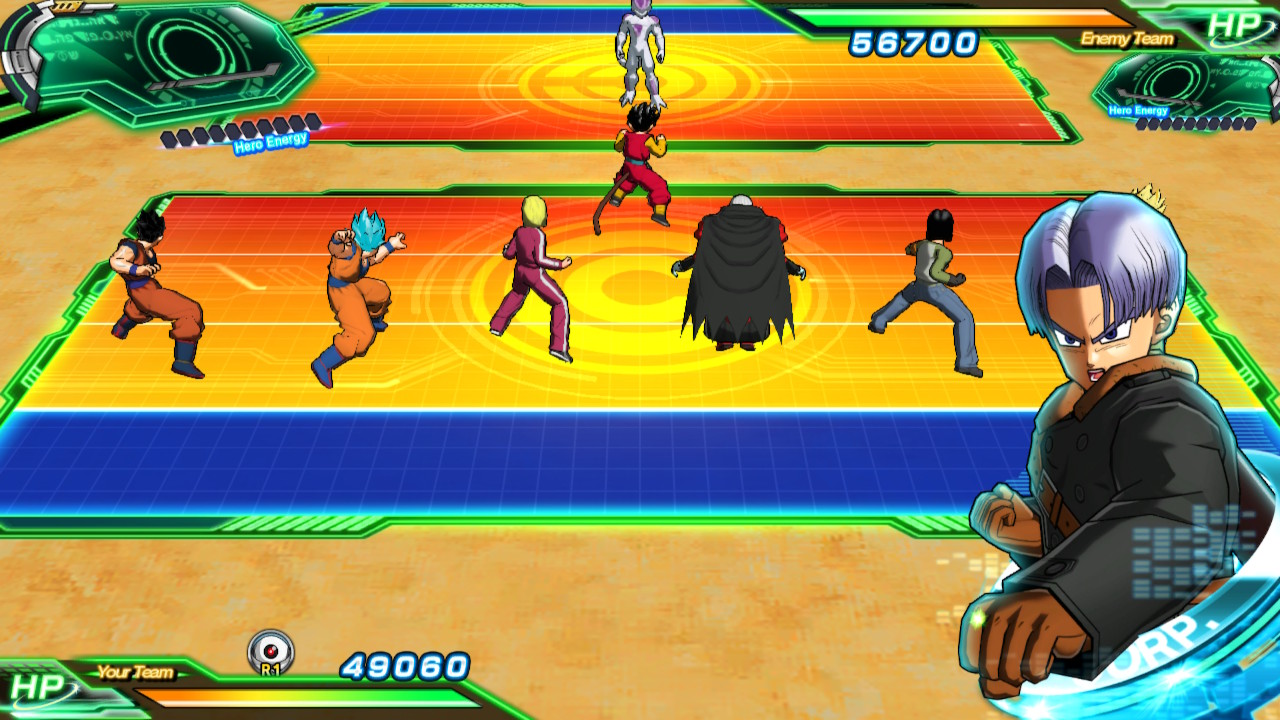
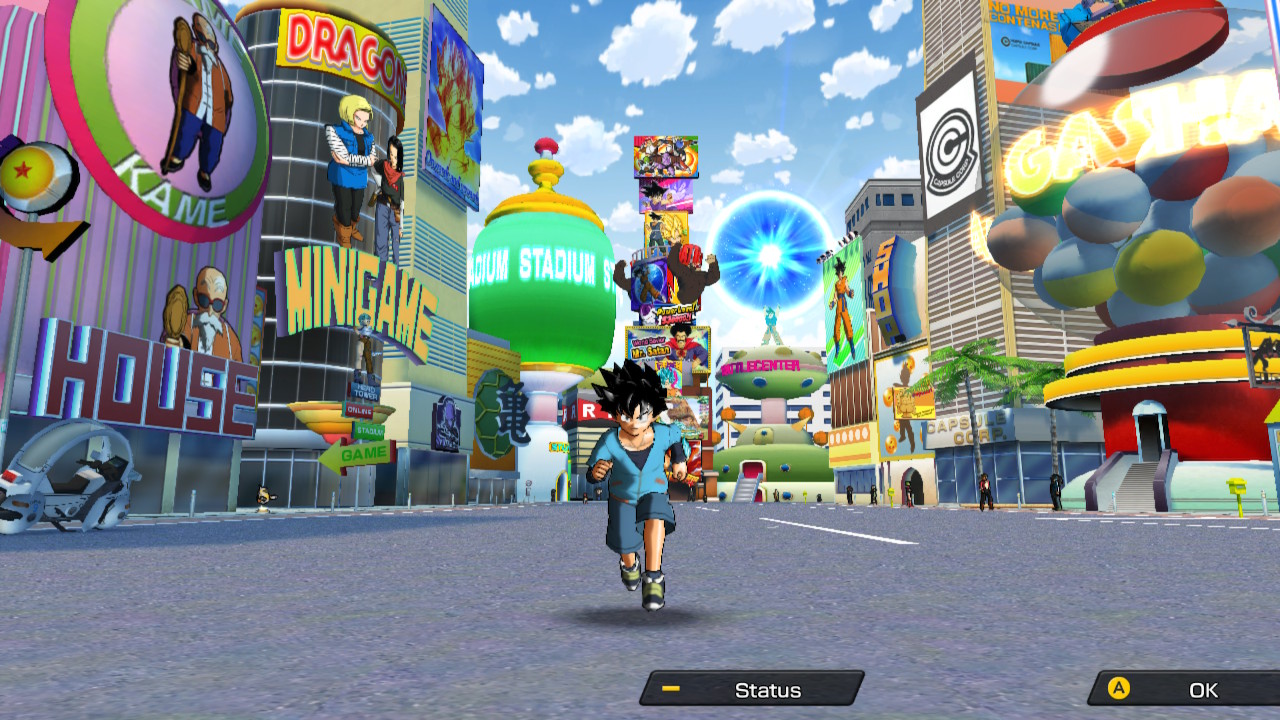
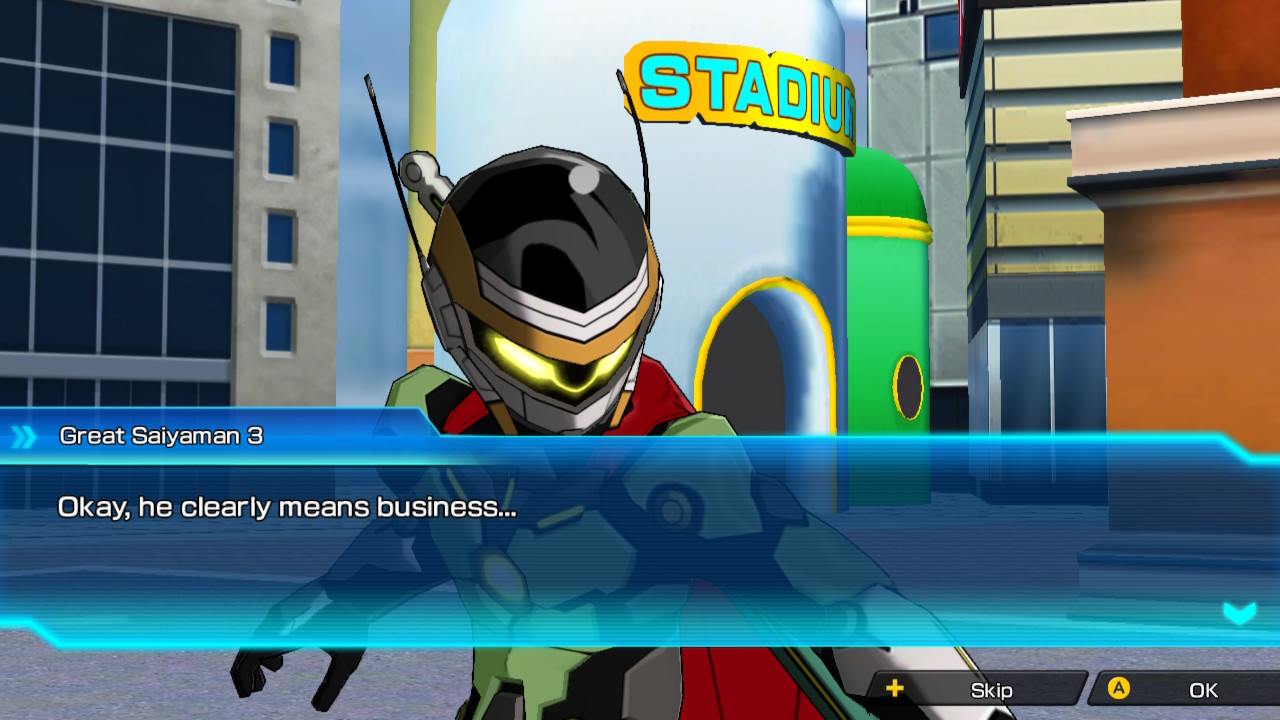





Published: Apr 15, 2019 04:39 pm